Search Images
Browse Content (p. 1461)
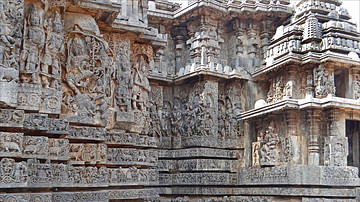
Image
Hoysaleswara Temple in Halebidu
Intricate carvings on the temple walls of Hoysaleswara Temple in Halebidu built by the Hoysalas (1026 CE – 1343 CE).

Image
Kedareshwara Temple in Halebidu
Kedareshwara Temple in Halebidu built by the Hoysalas (1026 CE – 1343 CE).
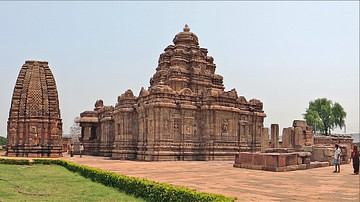
Image
Temple Complex in Pattadakal
Temple complex in Pattadakal, India built during the Early Chalukyan era (543 CE – 753 CE).
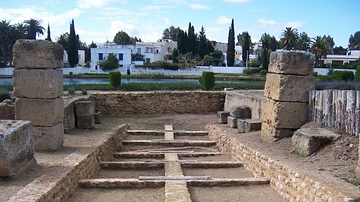
Image
Military Harbour of Carthage
Launching ramp for ships at the old Punic port. The Carthaginians developed high skills in the building of ships and used this to dominate the seas for centuries. According to Roman historians the shipyards of the military harbour at Carthage...
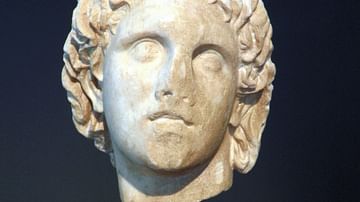
Image
Alexander the Great, from Pella
Marble head of Alexander the Great. Chance find from the area of Giannitsa near Pella. End of the 4th century BCE. (Pella Archaeological Museum, Greece).
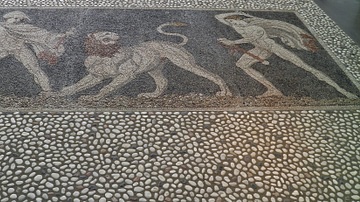
Image
Lion Hunt Pebble Mosaic from Pella
Pebble mosaic floor from the "House of Dionysos" at Pella (Macedonia, Greece) with a scene of a lion hunt. Last quarter of the 4th century BCE. (Pella, Archaeological Museum). The composition depicts the moment when the two huntsmen, one...
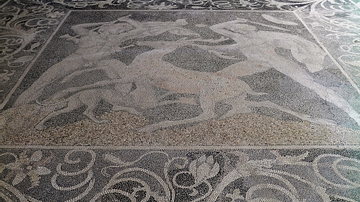
Image
Stag Hunt Mosaic from Pella
The Stag Hunt Mosaic signed by Gnosis, from the House of the Abduction of Helen in Pella (Macedon, Greece), late 4th century BCE. The figure on the right is possibly Alexander the Great due to the date of this mosaic. The figure to the left...
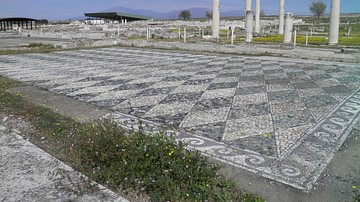
Image
House of Dionysos at Pella, Macedonia
The House of Dionysos was a large house at Pella, the capital of the kingdom of Macedon in the time of Alexander the Great (late 4th century BCE). The house occupied an area of ca. 3400 square metres and each room was decorated with fine...
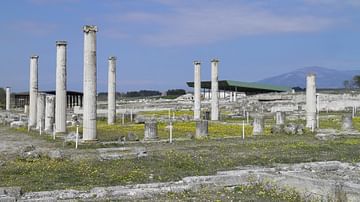
Image
Pella, Macedonia
The main courtyard of the House of Dionysos in Pella, the capital of the kingdom of Macedon (Northern Greece) in the time of Alexander the Great, built in 325-300 BCE.
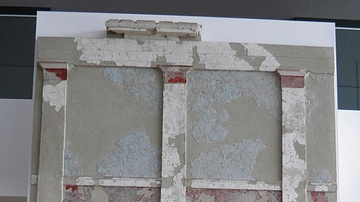
Image
First Pompeian Style Fresco in Pella
Interior wall of a house in Pella, Macedonia with coloured plaster in the First Pompeian Style, 2nd century BCE.